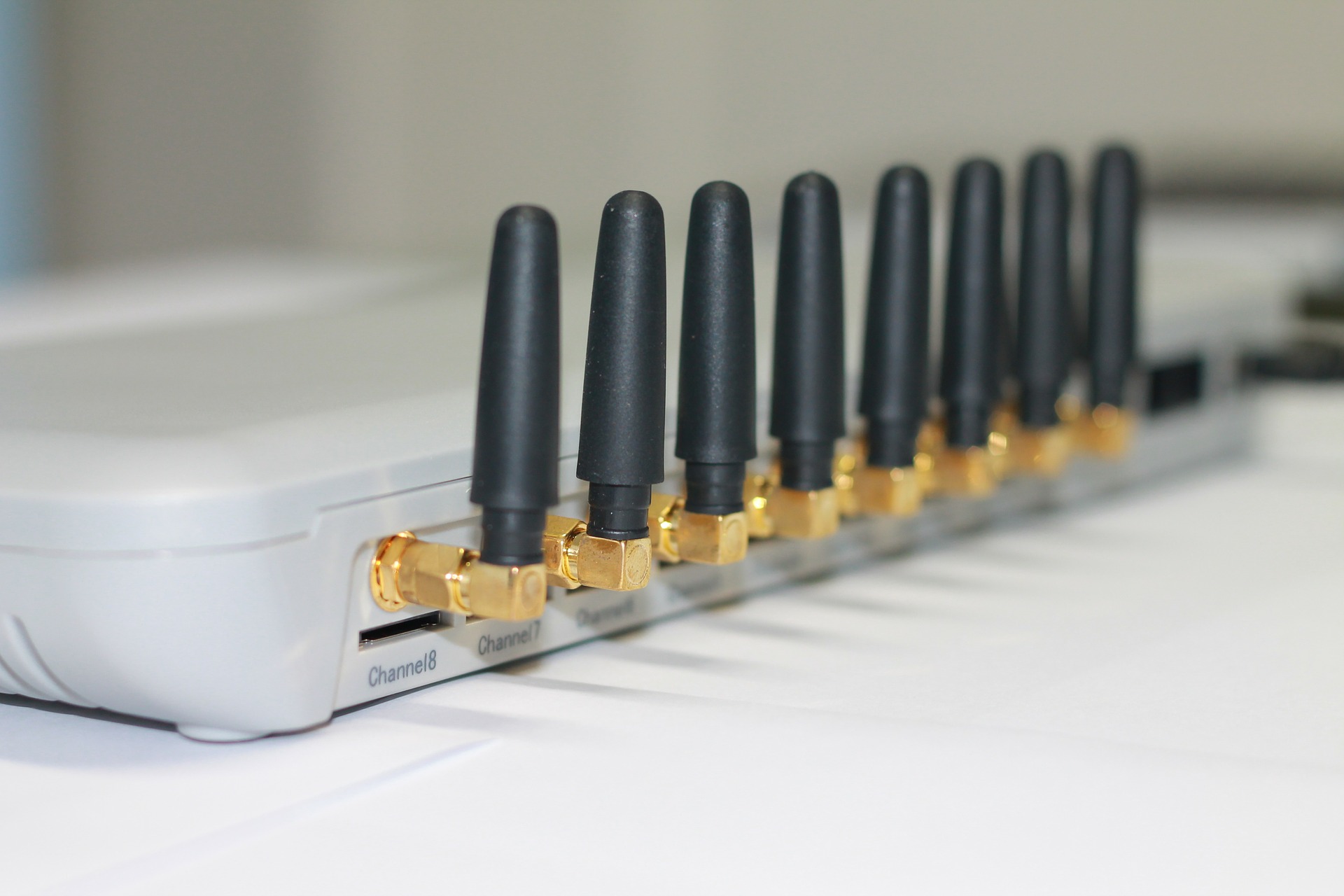Understanding Telecom costs is complicated. When it comes to enterprise-level bills, it’s hard to get a clear picture of what you’re paying for and where to find opportunities to reduce your costs.
Businesses are more connected than ever. To meet the demands of a globalized, fast-paced marketplace, they rely on complex telecoms solutions more than ever. So, it’s no surprise that businesses are struggling to handle the costs and are missing opportunities to optimize their telecoms expenses.
Companies Struggle with Telecom Expenses
Because businesses struggle to perceive the scope of their telecoms environment, they miss out on the opportunity to make new, more significant savings. Issues affecting telecoms such as contract renewal and obsolete devices become expensive for companies unable to assign the staffing and the specialist knowledge to the problem. Instead, they get forgotten while costs pile up.
These issues only prove more difficult when expanded across borders, forcing organizations to deal with multiple bills and contracts from different providers. In addition, bill quality varies dramatically between carriers, with some giving you focused, detailed information on your telecom environment. These mean a comprehensive breakdown of your bills and where the costs are coming from. Other companies using older billing methods, such as paper, may only provide a summary of information – not nearly enough to get a real insight into how to cut costs.
Telecom expense management (TEM) can help enterprises understand their bills and how best to manage them.
This blog examines what a telecom bill includes and why it might pose a problem for companies that aren’t utilizing the help of a TEM vendor. Companies that deal with telecom issues on their own risk wasting valuable time and money when a specialized solution could take much of the stress away from them.
What Does Your Company Pay For?
Companies rely heavily on telecommunication services, including telephones, mobile phones, wireless internet connectivity, and IT infrastructure. Each circuit needs to be paid for and will incur some form of charge. So staying on top of those charges is vital.
It can be difficult to track every change to your payments when dealing with enterprise-wide contracts encompassing a large telecoms environment. Costs may have increased without you being aware (primarily if your bill covers the running of hundreds of circuits). Without sufficient information from the carrier, it can be impossible for a global corporation to see the complete picture of how much they’re paying for telecoms per individual.
Suppose the amount of data used by a division or individual has changed. In that case, your company needs to be aware of it, which is why they must establish a complete line of communication regarding telecoms. But, unfortunately, many businesses don’t understand how to get the best deal out of the telecom carriers they use, and so many of these issues go unresolved.
Companies habitually overpay for their communications services. However, taking a closer look at the costs of telecoms and employing the skills of a TEM provider can help significantly.
The Components of the Bill
It is possible to break down telecom bills into different categories, revealing what a company pays for.
Monthly recurring charges (MRC) are telecom costs a company must pay each month to continue using a service. Organizations must pay for each of their connected circuits and will likely have a contract for each one. These monthly costs include line rental and service charges for each inventory item, which should be the same each month. On the other hand, usage charges will vary each month based on the amount of data needed and consumed. In addition, if the vendor is providing managed services, that will also factor into the bill.
Non-recurring charges (NRC) are one-time payments made by the company. These one-off costs generally revolve around purchasing a new device – this involves services like installation and disconnection of previous circuits.
Other charges will also make up parts of the bill, including regulatory and pass-through fees. But, again, these will vary depending on the type of circuit and the location.
Finally, of course, there are taxes to pay on top of these charges as well. When the telecoms bill is broken down like this, it makes it much easier to decipher. Nonetheless, the company’s information to comprehend these statements or the balances isn’t always easy to find or readily available (because of delivery methods).
Understanding Telecom Costs: Bill Delivery and Its Impact on Expense Management
Getting a grasp of professional telecom costs is difficult without proper TEM. Yet without enough data from the carrier, any TEM provider will struggle to assess a situation accurately. In addition, optimizing a company’s costs will prove harder with lower quality billing.
Billing quality varies between carriers, and the better quality a company’s telecom bills are, the more information they can get. In addition, higher quality billing improves reliability and accuracy, allowing them to optimize costs.
In the US, most carriers support EDI Level 9; this means they provide them with the most significant amount of detail regarding their circuit inventory and the features they’re paying for. EDI Level 9 looks at the individual employees within the enterprise and their assigned circuits, meaning they know precisely what the company is paying for per person. The savings are minor details, and that level of granular detail is invaluable when trying to unravel their telecom bills and save money.
However, some carriers only provide paper information and, as a result, only include a vague summary of billing information. For example, an outline might include an overview of a sales team or regional division’s costs without breaking them into individual circuits or plans. Such a limited amount of detail makes it difficult to identify opportunities to reduce overall costs.
What are the Hidden Costs of Telecoms?
Even with additional detail, telecom costs are challenging to manage. Carriers will often go out of their way to make plans harder to comprehend – confusion leads to people simply putting up with the price they’ve got.
Hidden costs cause unwitting businesses to overspend on their telecoms. For instance, if your organization operates across different locations, basic wireline spend may vary between them. As a result, there are often significant variations in pricing between regions, including pricing that’s well above market value. To ensure they’re paying a fair price for their wireline services, organizations should carefully inspect their spending and find means to negotiate rates. Unfortunately, this lack of transparency leads to more hidden costs (such as oversight on behalf of the company).
Unable to understand the market and win the best rates, plans, and discounts for your organization’s telecom needs will cost you extra money every month. But, it’s money you don’t need to be spending. In addition, having a local presence that understands the language and the local market provides the additional negotiation strength to win more significant incentives from carriers.
Carriers may try and impose unnecessary features on an organization’s plans (which might be accessible for a period) but then bill the company for the cost of that feature via automatic renewal. Sneaky, dishonest charges like this highlight the need for a professional’s regular, in-depth review of company contracts. Offers given by carriers must be heavily scrutinized by a business before striking a deal. Hence, the organization knows what it’ll be paying for to prevent unwanted surprises. A TEM provider can work with a company to take on this responsibility themselves – as they already know and understand the different plans. How carriers work, they’re in a much better position to tackle them.
How TEM Can Help
In-house solutions are rarely viable for more giant corporations. Hiring a TEM vendor takes the pressure off your business to deal with telecom services on your behalf.
TEM covers many areas, from reviewing invoices and dealing with vendors to auditing invoices and negotiating contracts. Working with a TEM vendor has vast benefits if your organization spends several million across its telecom estate. When delivered competently, TEM optimizes your company’s telecom environment. As a result, management generates continuous savings and prevents errors and overcharges.
TEM provides lasting value for a company, ensures invoices get paid correctly, and optimizes the inventory, providing the ability to locate and analyze a circuit in any location—this is a massive contrast to the blanket summary of data provided by some carriers. In addition, TEM enhances telecom asset visibility, making it easier to see where the most spend is coming from within your business.
Experienced TEM providers handle the carriers for you, possessing the skill and insight needed to negotiate on your behalf. In addition, the best TEM vendors can assist your business on a local and a regional scale and have the resources to work with carriers no matter the size or location. By doing so, they can get the best deals on fixed-line contracts to ensure your enterprise gets what it needs.
Telecom expense audits are required to identify and fix billing errors, particularly concerning discounts and benefits carriers have agreed upon beforehand. Therefore, Telecom audits should be conducted regularly, monitoring costs in real-time to ensure no month suffers from hidden or unforeseen expenses.
Effectively implemented TEM helps organizations monitor and control their telecom environment, giving them access to detailed information right down to an individual circuit. But it also helps alleviate the stress of dealing with carriers and confusing, opaque telecom sales and plans. In addition, negotiating for the business ensures they save money each month on their bills.


0 Comments